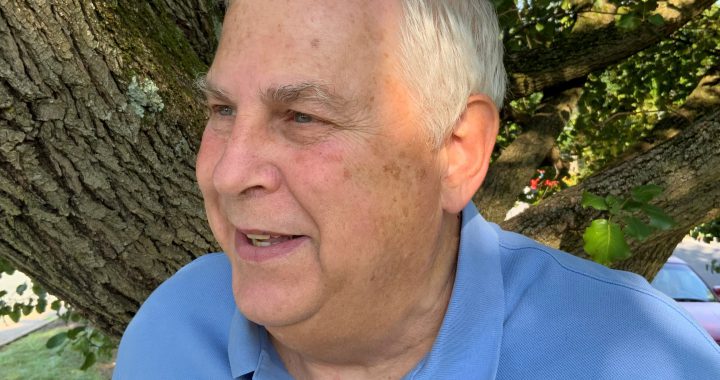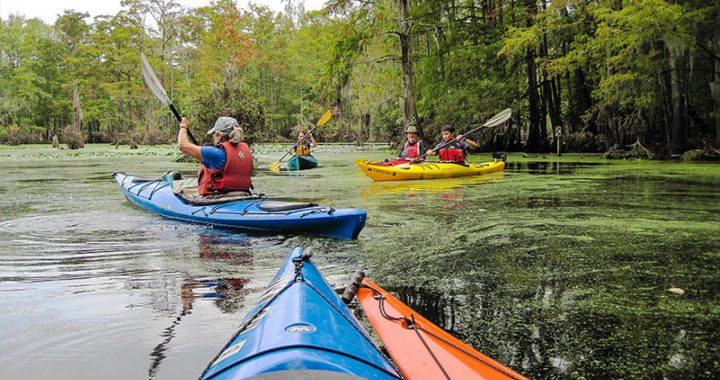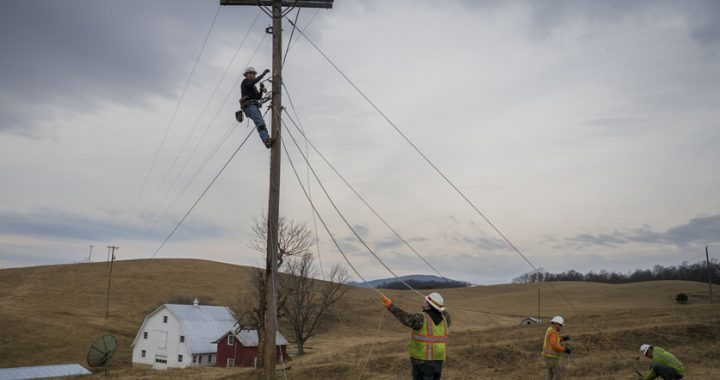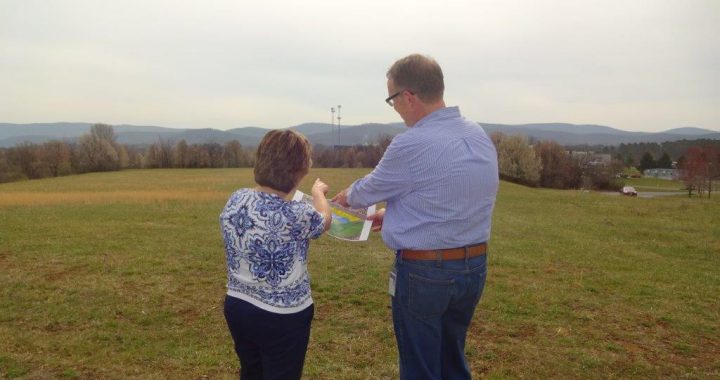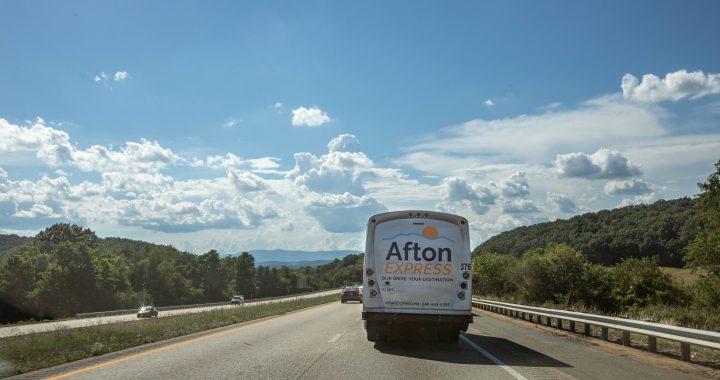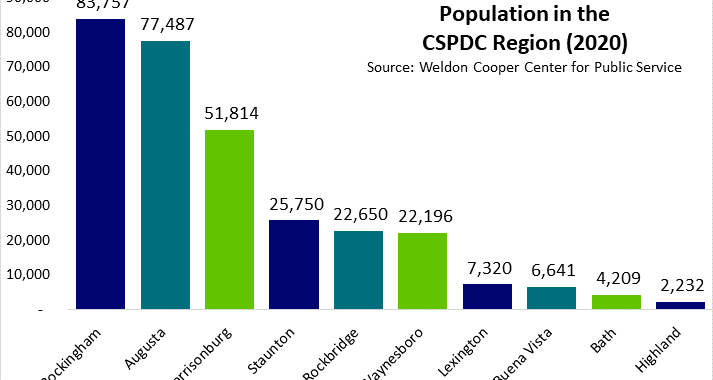The CSPDC welcomes new Fiscal Technician, Joe McDonald. Joe received his BS degree in Accounting from Ball State University and Master’s degree in Accountancy from Indiana University. Joe has over 45 years of experience working as a farmer, restaurant owner, accountant, and financial analyst, including 8 years in accounting at Anheuser-Busch and 6 years with A-B’s major glass supplier Saint-Gobain Containers. Most recently, Joe worked as the controller at Harrisonburg -Rockingham Free Clinic. A native Virginian, Joe and his wife, Elissa, reside in Staunton, with their rescue Labradors and barn cats.
Monthly Archives: August 2021
VOP Stakeholder Meeting – October 12
The CSPDC has scheduled an annual stakeholder meeting to facilitate conversations and garner feedback regarding the Department of Conservation and Recreation’s (DCR) Virginia Outdoors Plan (VOP). The meeting will be held on Tuesday, October 12 at 2:00 p.m. These annual meetings are held across Virginia’s 21 planning districts to collect input on regional outdoor recreation and land conservation projects from local planners and government employees, outdoor recreation professionals and land managers, citizens, advocates, and nonprofit leaders. Input collected will be used in the 2023 Virginia Outdoors Plan to develop projects for future outdoor recreation implementation.
VATI Grants Due – September 14
Applications for the 2022 Virginia Telecommunication Initiative (VATI) are due September 14, 2021. In August, Governor Northam allocated a historic $700 million of American Rescue Plan Act (ARPA) funding toward broadband infrastructure for unserved areas in Virginia. This funding will be distributed through the VATI program and the Department of Housing and Community Development (DHCD) and will accelerate the Governor’s 10-year goal for achieving universal broadband access from 2028 to 2024. CSPDC staff will be assisting several localities this summer with their VATI applications and are excited for this opportunity to bring high speed internet to our rural communities.
EDA Announces $3B in Funding
On July 22, the U.S. Department of Commerce Economic Development Administration (EDA) announced the six programs to equitably invest $3 billion allocated under the American Rescue Plan. This EDA investment is the largest economic development initiative from the Department of Commerce in decades. Collectively called Investing in America’s Communities the programs include:
• $1 billion for the Build Back Better Regional Challenge
• $500 million for the Good Jobs Challenge
• $500 million for Economic Adjustment Assistance
• $100 million for Indigenous Communities
• $750 million for Travel, Tourism, and Outdoor Recreation
• $90 million for Statewide Planning, Research, and Networks
The programs aim to assist communities by accelerating the economic recovery from the coronavirus pandemic and build local economies that will be resilient to future economic shocks. The $1 billion Build Back Better Regional Challenge will provide a transformational investment to 20-30 regions across the country that want to revitalize their economies. EDA will make grants to state and local governmental entities, institutions of higher education, not-for-profit entities, unions, and Tribes. The CSPDC is in conversations with local localities regarding potential applications.
GO VA Site Enhancement Project Begins
In August, the Shenandoah Valley Partnership (SVP) contracted with Draper Aden and Associates to perform the Shenandoah Valley Site Enhancement project that is expected to be complete in the first quarter of 2022. The project is funded through GO Virginia and will include Phase I environmental reviews, wetlands surveys, geotechnical subsurface evaluation, and characterization of each site for the Virginia Business Ready Sites Tier program. The six proposed sites located in GO Virginia Region 8, have been identified as having the greatest return on investment made possible by both public and private sector investments and commitments to the market. Project partners included the counties of Augusta, Frederick, Rockingham, and Warren. The CSPDC will be providing grant administration services for the duration of the project.
Afton Express Launches
The Afton Express, a commuter bus service connecting Staunton, Fishersville, Waynesboro, Charlottesville, and Fifth Street Station in Albemarle County began operating on September 1. Three buses, outfitted with Wi-Fi, comfortable seating, and bike racks, operate four morning and four afternoon service routes, five days a week. All rides are free during the month of September. Standard fares, beginning October 1, will be $3 one way, with 10 ride farecards available for purchase for $25. Local funding for the Afton Express is provided by the cities of Staunton, Waynesboro and Charlottesville, the counties of Augusta and Albemarle, and the University of Virginia.
A ribbon cutting to launch the service and recognize project partners was held on August 16 at the BRITE Transit Facility in Fishersville. Over 50 local government representatives, stakeholders, Commissioners, and partners were in attendance. To stay up-to-date on this exciting new service, “like” and “follow” the Afton Express on Facebook and Twitter.
2020 Census Data Released
On August 12, the U.S. Census released its first round of data collected during the 2020 Census. This rollout includes data on population growth, race, and the Hispanic population.
The population in the CSPDC region has grown by 6% over the past decade, from 286,781 in 2010 to 304,056 in 2020. This is slower than the 7.9% growth rate in the state. However, growth in the Harrisonburg-Rockingham area exceeded the statewide growth rate, growing 8.3% since 2010.
In regards to race and ethnicity, white residents in our region slightly declined from 90.8% to 88.3%, while the percentage of residents among all other races has increased. The City of Harrisonburg is the region’s most racially diverse locality, with a population distribution of 10.3% Black residents, 5.5% Asian residents, and 18.2% of residents that identify as “Other race.” In contrast, Highland County is the region’s most racially homogenous locality, with 98.7% of the population being white. The 2020 Census revealed that 67.8% of Virginia residents identify as white, down from 71% in 2010.
Both the CSPDC region and the state of Virginia have seen a large increase in Hispanic population over the past ten years. The Hispanic population in Virginia grew 44%, from 631,825 to 908,749, while the CSPDC region saw a larger, increase of 64%. Harrisonburg has the largest concentration of Hispanic residents in the region at 23.2% of the city’s population, followed by Waynesboro with 8.8%. Highland County and Bath County have the lowest share of Hispanic residents, at 1.6% and 1.7% of the counties’ populations.
The CSPDC will continue to monitor the Weldon Cooper Data Center for future Census 2020 data rollouts. Anticipated data includes information on age, sex, and household characteristics.
